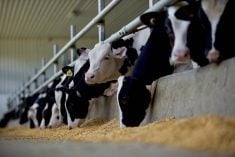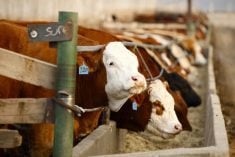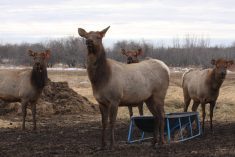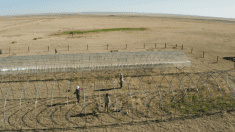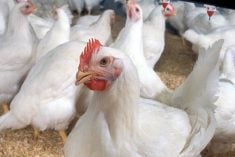Feedlots buy young cattle from ranchers and fatten them to slaughter weight, then they are sold to packers.
Read Also
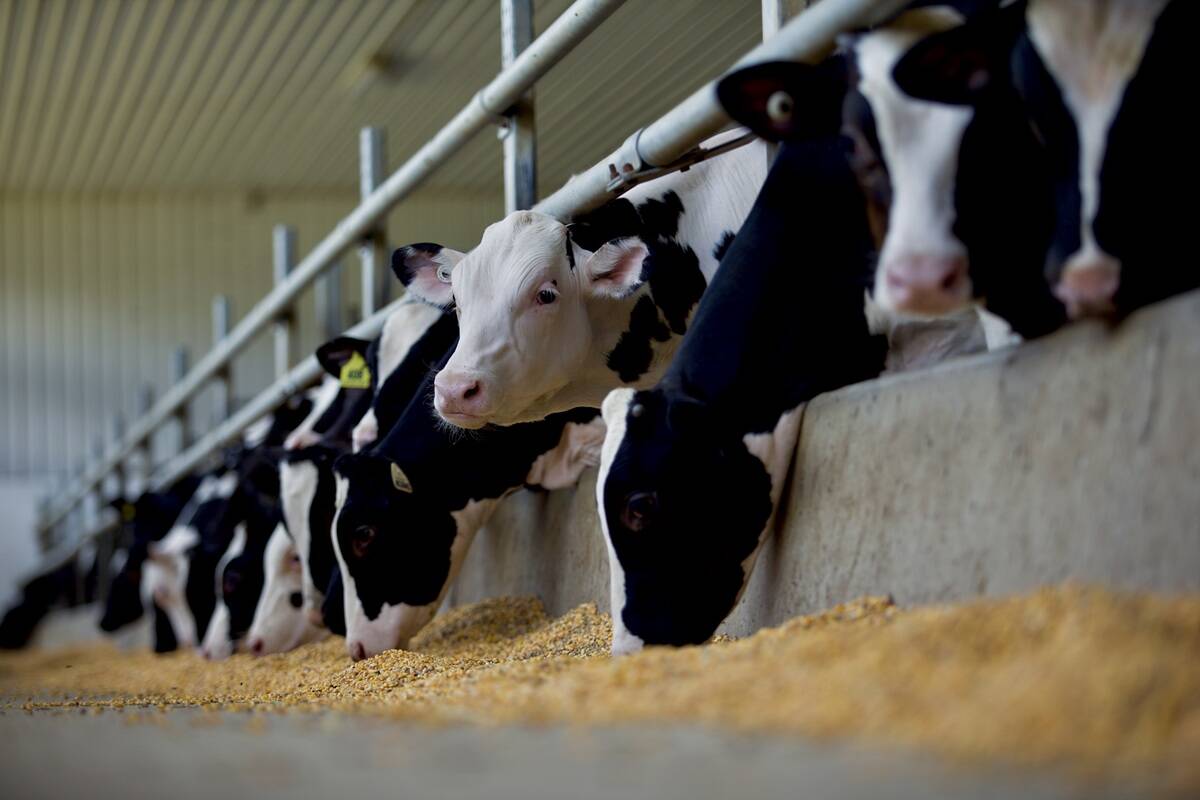
Confusion cleared on Canadian calf import changes
A Canadian Food Inspection Agency (CFIA) announcement on import regulations for feeder calves caused some confusion on the administrative side of Canada’s cattle industry earlier this month
Loss of the feedlot “takes out a material portion of demand for cattle across the Prairies,” said livestock industry analyst Kevin Grier. “To me, this is pretty big news.”
Canada is the world’s sixth-largest beef exporter, and Alberta raises more cattle than any other province.
Western, which started in 1958, will continue its farming operations.
Its owners made the decision voluntarily because of the high-risk, low-return environment in cattle ownership, and poor political and economic conditions in Alberta, Western Chief Executive Dave Plett said in an interview.
“Our shareholders see the challenges facing the industry in the next few years are going to be greater,” he said.
Alberta, which last year elected its first left-leaning government in decades, no longer offers an advantage in business climate, Plett said, declining to give specifics.
Many of Western’s 80 staff will eventually be laid off, he said.
Grier said the loss of feedlot capacity is not surprising, given short Canadian supply and the high price of young cattle and the weak price of fed cattle.
Recent Alberta fed cattle prices of C$125 per hundredweight (100 pounds) are down 30 percent from a year ago, he said. (Reporting by Rod Nickel in Winnipeg, Manitoba; Editing by James Dalgleish and Diane Craft)


